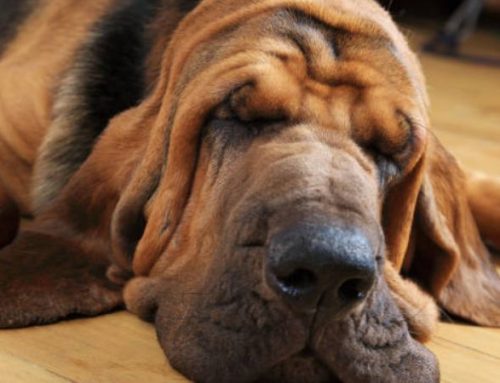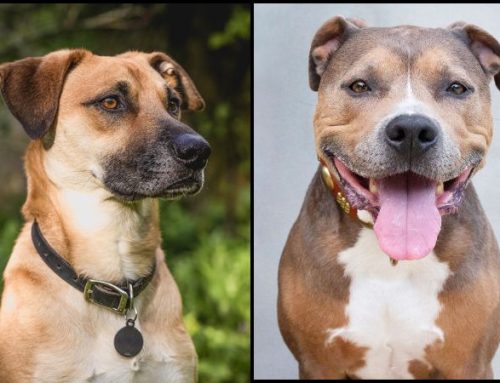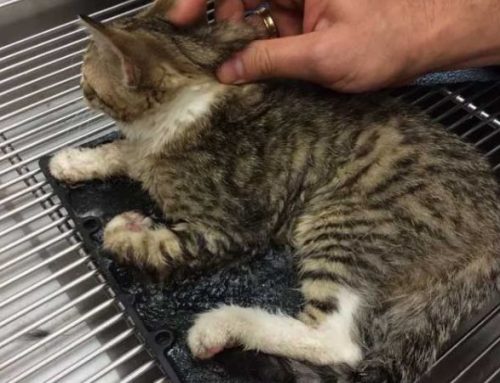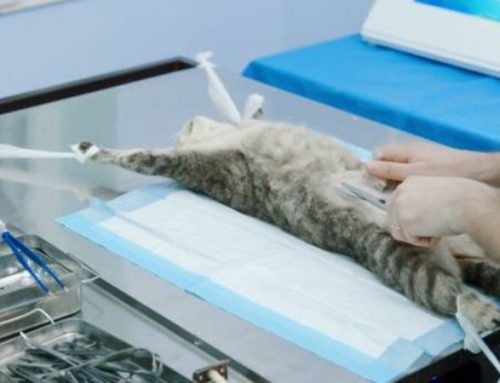If your dog starts squinting, rubbing their face, or showing signs of discomfort around their eyes, it might be more than just a little irritation. Eye issues in dogs are surprisingly common some are mild and treatable at home, while others can develop into serious problems that affect their vision.
In this complete guide, Nexus-Pets walks you through the key symptoms, potential causes, and treatment options, so you’ll know exactly what to do to keep your dog’s eyes healthy and bright.
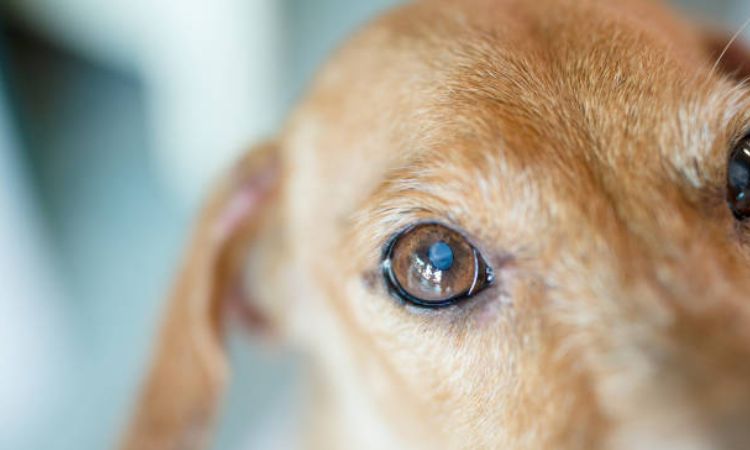
Common Eye Problems in Dogs
Dogs are susceptible to a range of eye conditions—some mild and manageable at home, others requiring veterinary attention. Early recognition is essential to avoid pain, vision loss, or long-term complications. Below is an outline of the most frequent eye issues in dogs:
1. Conjunctivitis (Pink Eye)
- Inflammation of the conjunctiva (the pink tissue around the eye).
- Symptoms: redness, discharge, squinting, pawing at the eye.
- Can be caused by bacteria, viruses, irritants, or allergies.
2. Dry Eye (Keratoconjunctivitis Sicca)
- Decreased tear production leading to dryness and irritation.
- Symptoms: thick discharge, redness, dull or cloudy eyes.
- Common in certain breeds (e.g., Shih Tzus, Bulldogs); requires lifelong treatment.
3. Cataracts
- Cloudiness in the eye lens, often related to aging or diabetes.
- May lead to partial or complete vision loss.
- Treatable with surgery in severe cases.
4. Cherry Eye
- Prolapse of the third eyelid gland, appearing as a red mass near the corner of the eye.
- More common in younger dogs and certain breeds (e.g., Cocker Spaniels).
- Usually corrected with surgery.
5. Glaucoma
- Increased pressure within the eye, damaging the optic nerve.
- Symptoms: severe pain, cloudy eye, vision loss, bulging eyeball.
- Requires immediate veterinary attention; may lead to blindness.
6. Corneal Ulcers
- Open sores on the cornea due to injury, infection, or foreign bodies.
- Symptoms: squinting, eye pain, excessive tearing, visible defect on the eye surface.
- May require antibiotic drops and protective measures.
7. Entropion / Ectropion
- Entropion: inward rolling of eyelids, causing lashes to rub the eye.
- Ectropion: outward drooping of eyelids, exposing the inner eye.
- Both can cause chronic irritation and require corrective surgery in severe cases.
8. Eyelid Tumors
- Lumps or growths on or around the eyelid.
- Often benign but can interfere with eye function or become malignant.
- Usually removed surgically.
9. Uveitis
- Inflammation of the uveal tract (iris, ciliary body, choroid).
- Symptoms: eye pain, redness, squinting, sensitivity to light.
- May be linked to infections, trauma, or immune disorders and needs immediate care.
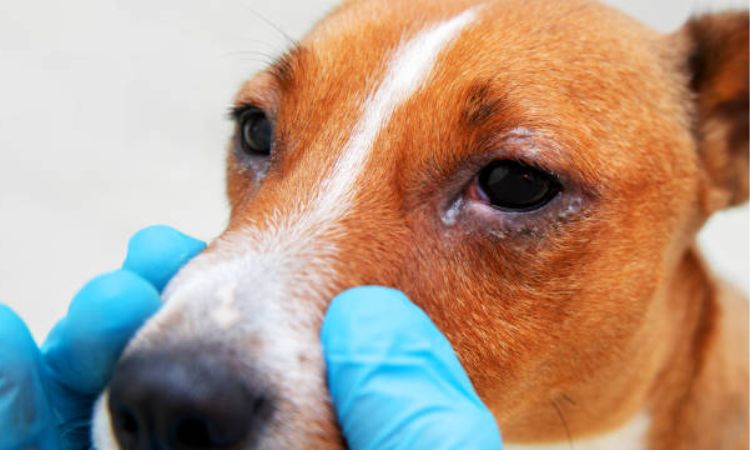
Causes of Dog Eye Problems
Infections: Bacterial, viral, or fungal infections affecting eyelids, conjunctiva, cornea.
Eyelid Abnormalities:
- Entropion: Eyelid rolls inward causing irritation.
- Ectropion: Eyelid droops outward causing dryness or infection.
Trauma/Injury: Scratches, foreign bodies, blunt trauma causing corneal ulcers and swelling.
Allergies: Environmental allergens cause itchy, red, watery eyes.
Tear Gland Disorders:
- Cherry Eye: Prolapsed tear gland on the third eyelid.
- Dry Eye: Decreased tear production causing inflammation.
Increased Eye Pressure: Glaucoma causing pain, redness, and vision loss.
Genetic/Breed Predispositions: Some breeds more prone to specific eye diseases.
Age-Related Conditions: Cataracts and retinal degeneration affecting vision.
Tumors/Growths: Eyelid or third eyelid tumors causing lumps and irritation.
Neurological Disorders: Conditions like Horner’s syndrome affecting eye function.
Tear Duct Blockage: Causes excessive tearing or watery eyes.
Diagnosing Eye Issues in Dogs
When a dog shows signs of eye problems, a thorough veterinary examination combined with a detailed medical history is essential for an accurate diagnosis. The veterinarian will start by asking about the duration, progression, and specific symptoms observed, as well as any previous eye conditions or treatments. A careful physical inspection of the eyes and surrounding tissues is performed to identify visible abnormalities such as redness, swelling, discharge, cloudiness, or the presence of lumps.
To further evaluate the eye condition, veterinarians utilize specialized diagnostic tests. The Schirmer Tear Test measures tear production to detect dry eye (keratoconjunctivitis sicca). The fluorescein stain test involves placing a harmless dye on the eye surface to highlight corneal ulcers, scratches, or abrasions that may not be visible otherwise. Measuring intraocular pressure with a tonometer is critical to diagnose glaucoma, a condition characterized by increased pressure inside the eye that can lead to blindness if untreated.
Early detection and diagnosis of eye diseases are crucial. Prompt identification of the underlying cause allows for timely treatment, which can reduce pain, prevent complications, and improve the likelihood of preserving the dog’s vision. Owners should seek veterinary advice immediately if they notice any changes in their dog’s eyes such as redness, discharge, cloudiness, or behavioral signs of discomfort like squinting or pawing at the eye.
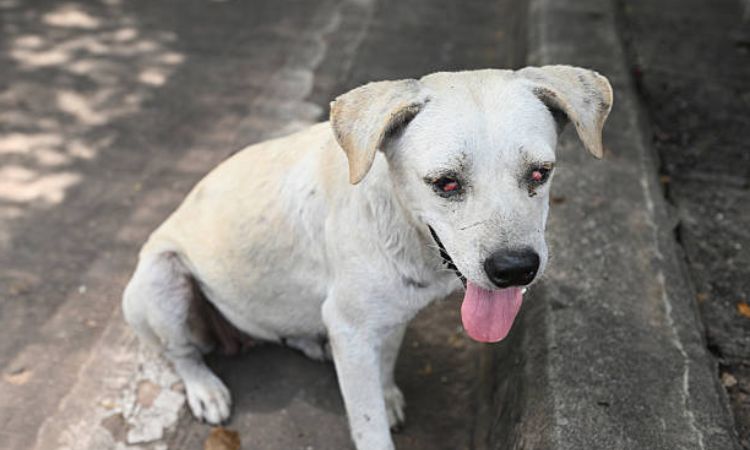
Treatment Options
When it comes to treating eye conditions in dogs, the approach varies depending on the underlying cause and severity of the problem. Effective treatment often involves a combination of medications, supportive care, and sometimes surgery. Below are the common treatment options used by veterinarians to manage dog eye issues:
Topical Medications
- Antibiotic eye drops or ointments are frequently prescribed to combat bacterial infections affecting the eye surface or eyelids.
- Antiviral eye drops may be used if the eye problem is caused by viral infections.
- Artificial tears or lubricating eye drops help soothe dryness and maintain proper moisture, especially for conditions like dry eye (keratoconjunctivitis sicca).
Oral Medications
- Antibiotics are given orally when infections are severe or systemic, supplementing topical treatment.
- Anti-inflammatory drugs (both corticosteroids and non-steroidal options) help reduce inflammation, relieve pain, and control swelling inside or around the eye. These can be administered orally or by injection depending on the case.
Allergy Management
For dogs whose eye problems stem from allergies, identifying and avoiding allergens is crucial. Treatment may include antihistamines, corticosteroids, or other immune-modulating medications to control allergic reactions and reduce eye irritation.
Surgical Interventions
Surgery is often necessary for structural or severe eye conditions, including:
- Cataract removal to restore vision when the lens becomes opaque.
- Cherry eye correction, where the prolapsed gland of the third eyelid is surgically repositioned to restore tear production and eye protection.
- Entropion surgery to correct inward-rolling eyelids and prevent corneal damage.
- Tumor or eyelid mass removal, especially if the growth is causing discomfort, obstructing vision, or potentially malignant.
Supportive and Palliative Care
In chronic or irreversible cases, such as advanced glaucoma or blindness, supportive care aims to maintain comfort and quality of life. This may involve long-term use of medications to control symptoms, protective eye drops, and environmental adaptations to help visually impaired dogs navigate safely.
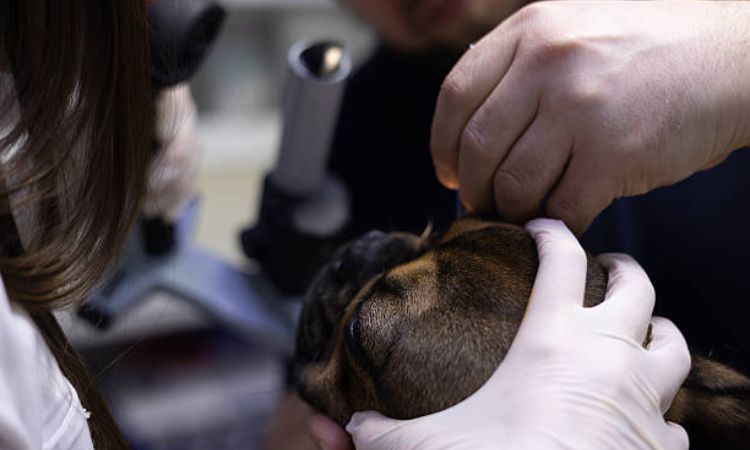
When Urgent or Emergency Care is Needed
Certain eye conditions require immediate veterinary attention to prevent permanent damage or loss of vision. These include:
- Sudden eye trauma or injury
- Acute glaucoma causing severe pain and swelling
- Rapidly worsening corneal ulcers
- Severe eye infections with discharge and swelling
- Sudden blindness or changes in pupil size/shape
Prompt veterinary evaluation in these situations can be sight-saving and even life-saving.
Dog eye problems can affect vision and overall well-being. Early recognition of symptoms and understanding their causes are key to effective treatment. With timely veterinary care ranging from medication to surgery many eye issues can be managed or resolved, helping your dog maintain healthy, comfortable eyesight.


